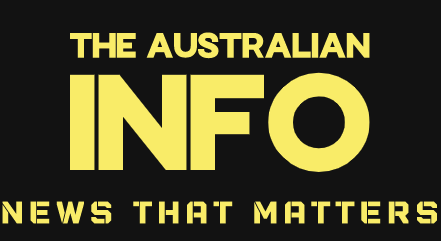WASHINGTON — The United States and China have reached an agreement — again — to deescalate trade tensions. But details are scarce, and the latest pact leaves major issues between the world’s two biggest economies unresolved.
President Donald Trump said late Thursday that a deal with China had been signed “the other day.” China’s Commerce Ministry confirmed Friday that some type of arrangement had been reached but offered few details about it.
Sudden shifts and a lack of clarity have been hallmarks of Trump’s trade policy since he returned to the White House determined to overturn a global trading system that he says is unfair to the United States and its workers.
He’s been engaged for months in a battle with China that has mostly revealed how much pain the two countries can inflict on each other. And he’s racing against a July 8 deadline to reach deals with other major U.S. trading partners.
The uncertainty over his dealmaking and the cost of the tariffs, which are paid by U.S. importers and usually passed on to consumers, have raised worries about the outlook for the U.S. economy. And although analysts welcomed the apparent easing of tensions with China, they also warned that the issues dividing Washington and Beijing are unlikely to be resolved anytime soon.
U.S. Treasury Secretary Scott Bessent said Friday that the Chinese had agreed to make it easier for American firms to acquire Chinese magnets and rare earth minerals critical for manufacturing and microchip production. Beijing had slowed exports of the materials amid a bitter trade dispute with the Trump administration.
Without explicitly mentioning U.S. access to rare earths, the Chinese Commerce Ministry said that “China will, in accordance with the law, review and approve eligible export applications for controlled items. In turn, the United States will lift a series of restrictive measures it had imposed on China.”
The Chinese have complained about U.S. controls on exports of advanced U.S. technology to China. But the ministry statement did not specifically say whether the United States planned to ease or lift those controls.
In his interview on Fox Business Network’s “Mornings with Maria,” Bessent mentioned that the United States had earlier imposed “countermeasures” against China and ”had held back some vital supplies for them.”
“What we’re seeing here is a de-escalation under President Trump’s leadership,” Bessent said, without spelling out what concessions the United States had made or whether they involved America’s export controls.
Jeff Moon, a trade official in the Obama administration who now runs the China Moon Strategies consultancy, wondered why Trump hadn’t disclosed details of the agreement two days after it had been reached.
“Silence regarding the terms suggests that there is less substance to the deal than the Trump Administration implies,″ said Moon, who also served as a diplomat in China.
The agreement that emerged Thursday and Friday builds on a “framework” that Trump announced June 11 after two da




